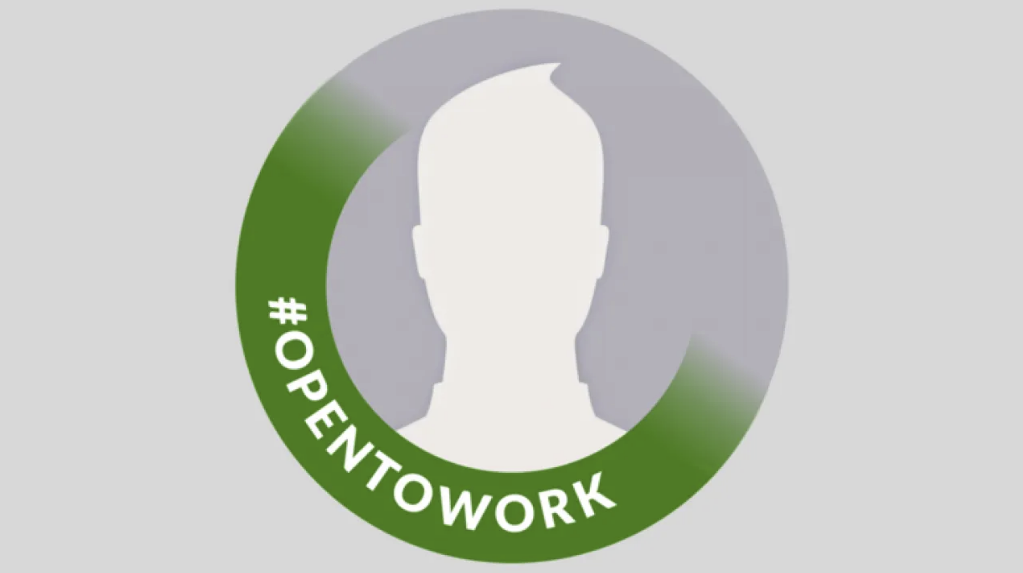Warning: there is a bit more venting in this post than usual. This is about how some people self-promote and show themselves to others in their social media bubble.

Weeknotes everywhere
If you are not familiar with the concept, you can learn more in this article: Weeknotes: what they are, how to write them. The first weeknotes I read a while ago were interesting to start with. I didn’t know the concept, so I was curious. But after a few of them, I’ve stopped reading that person’s weeknotes. I started reading other people’s weeknotes on occasions, but every time, I quickly lost interest.
I understand the concept, I do like when other teams at work have weeknotes about their project as it’s a very easy way to catch up with what’s going on and knowing when I should connect with people doing things I could learn from or help with. This type of weeknotes are usually short, factual, about work, shared internally, and a sign that you are working in the open.
But more and more, there is another type: the weeknotes where people write about a mix of work and personal reflections to share on social media. To be completely honest, some people might have good ones, I don’t know because now, I’ve stopped reading anything on social media with the word ‘weeknotes’ in the title – same with the word ‘AI’ or ‘leadership’ but that would be a different blog post 😉
Look at me!
I guess if you are writing your own weeknotes, it has to be about you, (as opposed to project weeknotes which are about the team’s work) but unless people have amazing work life (and I don’t know any such person), you are probably not going to have enough material to reflect on each week. I think this is why I get easily bored with this type of content. Many weeknotes sound like typical LinkedIn content: “I do great things and I’m so lucky to work with great people / in such a great place” with sometime a bit about things which didn’t work, but which sounds like when you have to answer “tell us about your greatest weakness” in an interview and you frame it into a positive.
Maybe I’m being unfair, and if it helps people to reflect and get better at their job, good for them, no one is forcing me to read it. But I feel it might contribute to a narrative which is misleading people.
Dissonance
“The dissonance between the truth and what people want to believe”
From Merriam Webster dictionary:
When I was new to the design community and probably a bit naive, I used to believe this type of narrative, presenting the work people were doing or their organisation as a great place to be. Once you look a bit closer at this type of posts, with reactions and comments from others you start seeing it’s often a group/community of people patting each other’s back.
I had heard this while working on the Practitioner stories project with Angela, Serena and Vinishree:
“There are some people in the community that are put on pedestals without interrogating them at all, it’s just about visibility, who gets to be seen, who’s story gets to be told.”
Being part of a community
I’m more experienced now and I’ve worked in various places. It’s easier to spot when some people are selling a vision of their work and organisation which is quite far from the reality. I don’t know if they are speaking from a place of privilege and just don’t see, or if they do see but want to believe when they still describe their organisation as caring or inclusive while others are being silenced and let go, and you can see a lot of people from that same organisation being ‘Open to work’ on LinkedIn.

Social media bubbles
I’ve seen some people explaining the ‘weeknotes’ phenomena as a consequence of not having a place like Twitter to share anymore. I’ve left Twitter a while ago now, and later joined Bluesky which is supposed to be a ‘nice Twitter’.
Bluesky is not working for me, it’s better than Twitter (that’s a very low bar these days) but I had forgotten about all these people sharing minor annoyances of their privileged life, as if it’s a huge problem that the whole world needs to know about. So I mute and unfollow a lot, I might end up not using it at all at this rate.
I do not need to use social media as a place to learn about the design community anymore. But newbies might think that to be part of the ‘design community social media bubble’, you need to show yourself there and have to pretend as well to belong. Or they might feel they are not doing well enough in comparison and not share at all. As a community, we are missing out, I know people actually doing really good work, and not speaking about it at all.
Spring cleaning
My advice: clean up your timeline by muting, unfollowing, removing connections with people sharing content you don’t want to see anymore. I’m doing this more and more. It’s finally spring, you might want to start that big cleaning.
Newsletters
Newsletters are a good alternative to social media. I’ve subscribed to a lot of them. But just like weeknotes, if you have a weekly newsletter, that’s probably not going to work well for me, or I might just skim read it because you’re unlikely to have a lot to say on a weekly basis. I could be wrong, but the ones I enjoy the most are less regular than that. In fact I like that some are not regular at all.
It’s only my second blog post this year and it’s nearly May, so I guess it’s telling a lot about how much I value regularity and frequency in my writing ahahahaha
Contracting
I’m 6 months in my contract, and looking back at the last 4 years, it’s the longest I’ve been without wanting to leave my role, so contracting is really working for me, I enjoy the project I’m on, people are nice, I feel very lucky. [hopefully not going to jinx it!]
I don’t think I would have gone down the contracting route, if I had not been so put off by previous workplaces who keep selling their misleading narrative via blog posts, weeknotes, or conference talks, so I guess, I should thank them for this. It ended quite well for me. Unfortunately, it’s not always easy to find a way out.
While I know better now, the conversations about these organisations’ behaviour are hardly ever in the open, so many people might still fall for this, which is one of the reasons why I’m writing this post.
Final note
As you might have guessed, you won’t be reading weeknotes from me anytime soon, but if you were thinking of doing yours, don’t let me put you off. They’re is obviously an audience for this. Some people do need the regularity and deadlines otherwise they won’t do it, my advice would be:
- ask yourself why you feel the need to do them, if it’s because everybody seems to be doing it, then you probably don’t need to
- if you think it might help you in some way, then do you need to publish them publicly? maybe not
- try to be really honest
- if you don’t have much to say by Friday, then just say so